
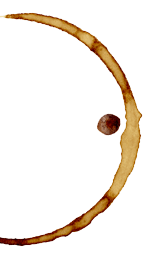

Leicestershire County Council
Harborough Museum - Hallaton Treasure
In 2000, local people at Hallaton, Leicestershire discovered over 5,000 silver and gold Iron Age coins, the remains of a Roman parade helmet, a collection of pig bones and a hoard of silver.
Our challenge was to create displays which would encourage people to take a closer look at the often beautiful and mysterious, yet tiny, objects. The result is a display built up from bite-sized pieces of interpretation. A blend of media and detailed information allows visitors to discover different ways of using the displays that suit them.
This could not have been achieved without close collaboration between the conservators, archaeologists, curators, volunteers and ourselves.
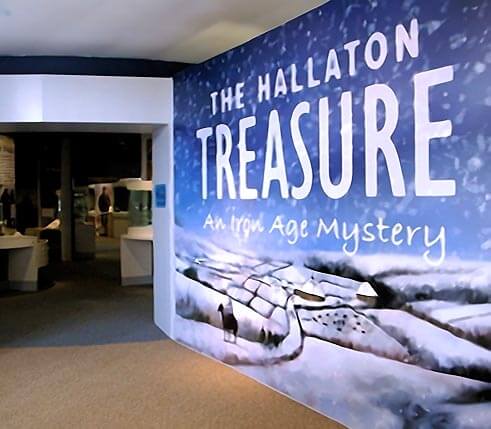
The dramatic Rotunda houses the Hallaton Treasure display at the centre of the museum.
Existing displays were carefully reconfigured and refreshed to make room. Visitors returning to the museum since its redevelopment are amazed at its transformation into a visually stunning and vibrant space.
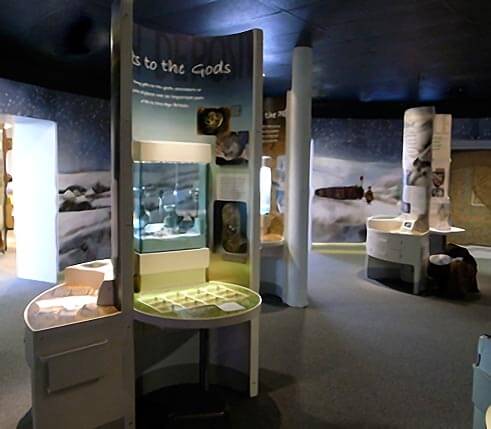
Illustration has been used to stunning effect, covering the interior of the Rotunda walls with one continuous image.
Not only does the image create a special atmosphere, it also forms a key piece of interpretation providing visitors with a very accessible way to connect to the storyline and all without the need to read text.
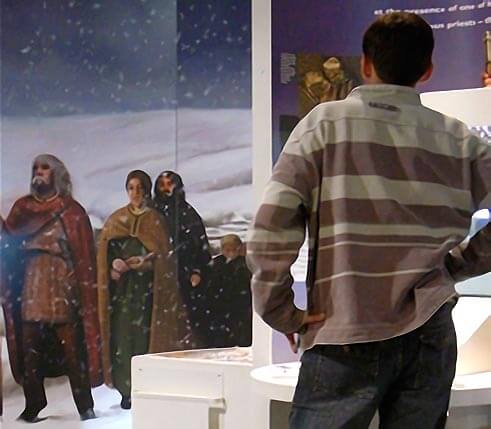
Interpretation provided at each of the six display modules is presented via a variety of media to suit different users.
Interactives, graphic interpretation, showcased objects with labels and visible storage drawers are supplemented with touch screens, which give access to the new 3D CAD model of the Hallaton site.
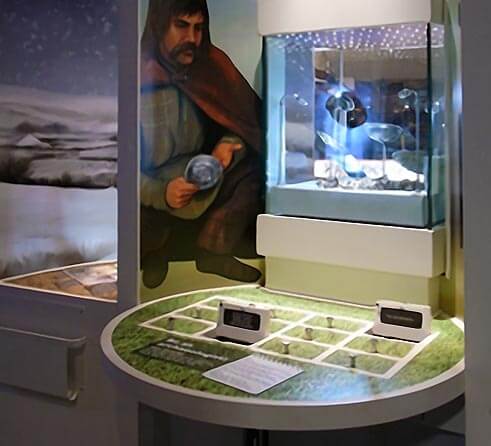
The client teamʼs extensive knowledge and imagination was used to create a brief for the creation of a CAD model of the Hallaton site.
Along with the illustration, the CAD model provides an essential, none text-based, interpretation of the ritual site and explains who is thought to have used it and how.
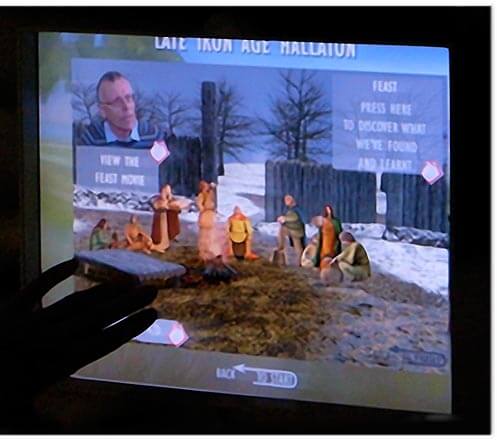
A web link was created to the British Museum showing how the helmet was being conserved; this helped local people retain a sense of ownership while the helmet was in London.
This also managed expectations. The client was concerned that visitors would expect to see a complete helmet returned to Leicestershire, when in fact it is far from intact. Replicas are displayed alongside the original to show how it would have first appeared.
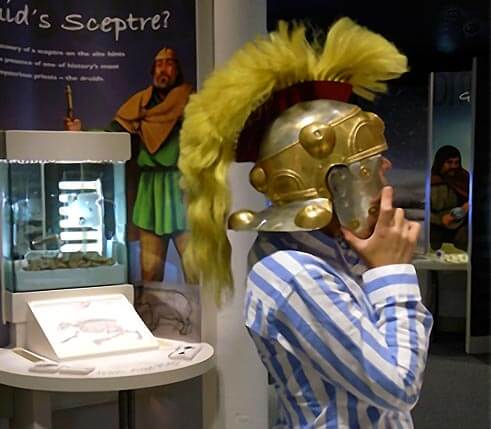
Probably one of the smallest museums in the country is at Hallaton, the village near the site where the treasure was found.
We worked with the volunteer team to develop new displays that were not only suitable for the tiny space, but would also enable staff to continue their enthusiastic interaction with visitors.
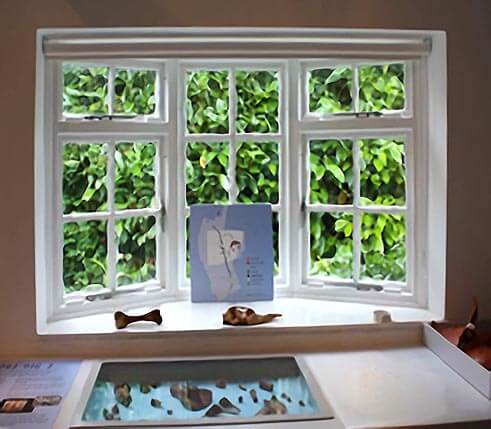
Feedback:
“A fantastic museum, a real gem and a lovely surprise.”
“Very impressive, well presented, well worth the 11/2 hour journey on a bumpy bus.”
“This is the best museum I have ever visited.”
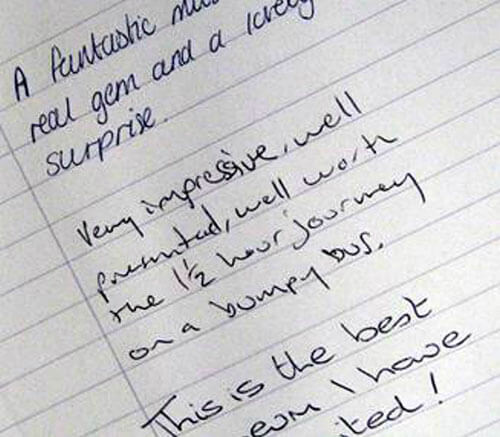
Project details:
Size: 140m2
Display Budget: £220K
Architect: Woodhall Planning and Conservation
Display Construction: The Workhaus
Type & subject
of exhibition:
Three parts to the project - a permanent exhibition within the existing museum, a semi permanent exhibition in Hallaton Museum plus two travelling exhibitions.